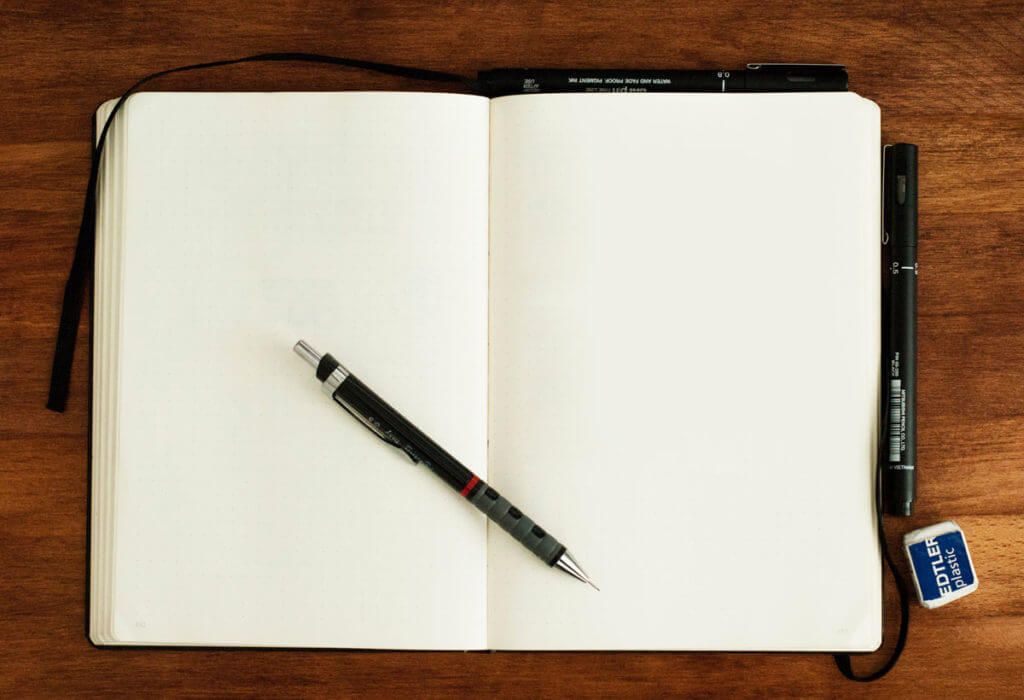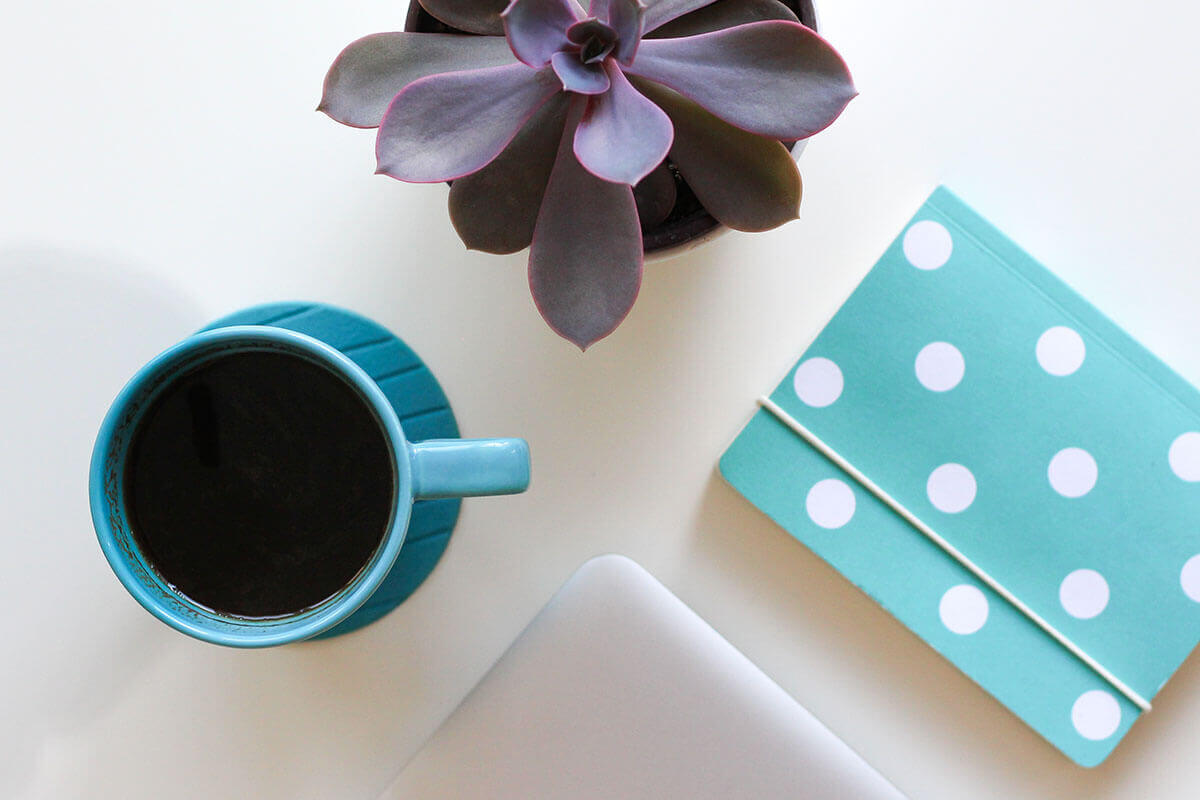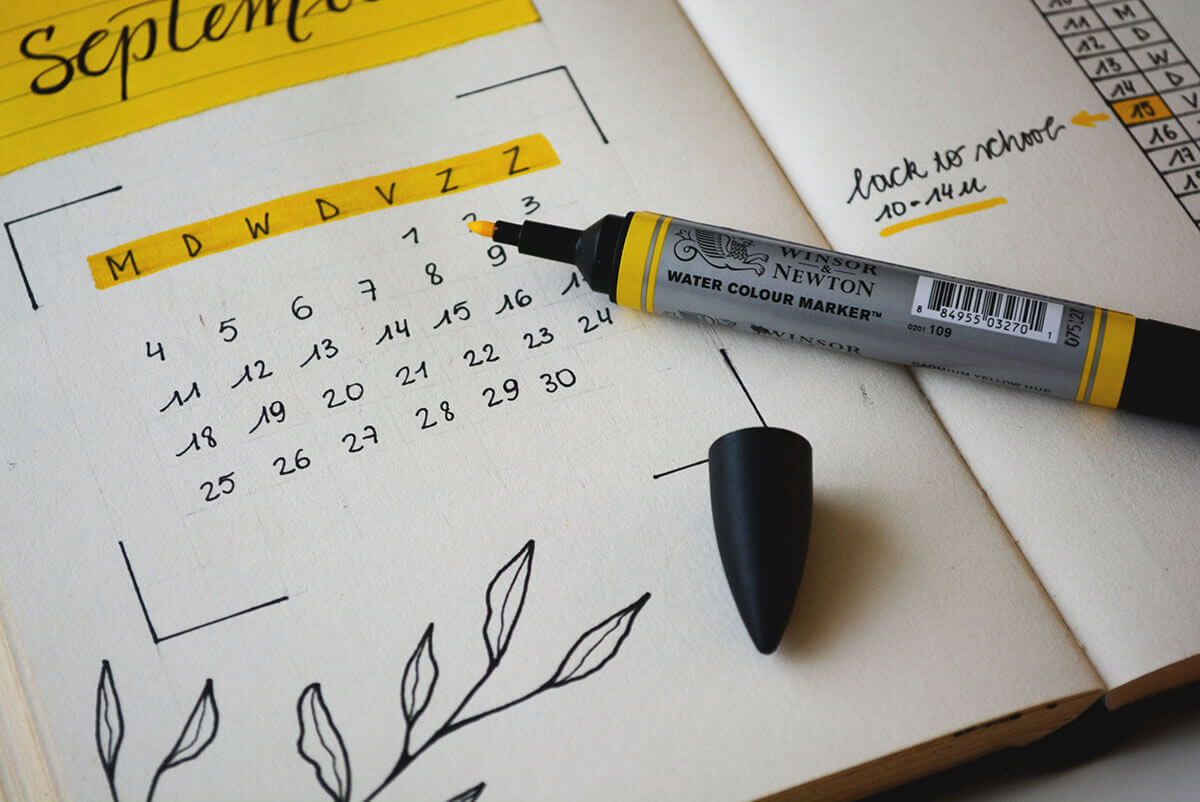A Brief History of My Notebook
Those who have visited my office in the last few years might remember a messy notebook sitting open on my desk. This small, teal-dotted, Moleskine journal has kept me productive and focused every day for the last year. Before this notebook there was another, and before that another.
All of my professional life I have had the habit of keeping a notebook filled with To-Dos, plans, goals, and notes about things I’ve learned in the industry. It has even helped out when I needed a bit of scrap paper to figure out a generic problem, or calculate speed ramp conversions so that when converting footage to Resolve, it’s frame accurate. My life would not be half as productive without a guide, and that guide has always been my notebook.
Last June, I happened across an article on Bullet Journals. I thought to myself, this is basically what I already do, just more structured. I immediately googled it to read more, devouring every bit of information I could find on the subject. After much research, planning, and pen purchasing, I began my new BuJo.
Trial and Error
At first I started a little too ambitious. I made a bunch of calendars I later realized I don’t often fill out because I already use Google Calendar. I made elaborate weekly spreads that took too much time to create, wasting time instead of helping me manage my time better. Then, one day I didn’t have my weekly spread ready before our Monday morning meeting, where we all talk about the projects in process for the week.
I was a little frantic.
Then I just started taking down a bulleted list, which worked so much better for my purposes anyway. I was on top of my game that week, no longer bound to keeping my journal perfect, just functional. I was free.
The New and Improved Structure
I break my spread into a To-Do list, which takes everything a week at a time, and a notes page. My notebook lives at work, because I don’t want non-work-related personal projects or goals cluttering it. There are two sections on the right side of the page. One is for this week’s projects and events, and the other is for folders I need to create for new clients/projects. I use the left page for notes on projects. Sometimes they are notes from someone else, sometimes they’re my own notes about project settings or things I’ve just learned.
Goals And Adjustments
Every week I strive to finish everything on my list. When I finish a task it gets an X through it’s bullet. Some projects take more than one week, and these will get an arrow to the right on top of their bullet. Then I rewrite them at the top of next week’s list. If we scrap a project, I draw a line through the whole item, and never worry about it again.
Dealing With the Unexpected

If someone comes along with an urgent midweek project (for example, a temporary color grade on their project before it goes to client) I often will be working on another project. I can do one of two things: 1) break my concentration on the task at hand. Do the quick grade, then go back to the project I was working on. Or, I can: 2) write the new task on my list in my BuJo. When I’m ready to take a break on my current project, I work on the new task. The latter option is almost always the more productive solution for me. I usually get both tasks done faster if allowed to finish my train of thought on the first task.
Clear Priorities
This structure allows me to constantly prioritize tasks for the week. If a deadline gets bumped up with little notice, I can start working on that task immediately. I don’t have to move it in my calendar, or do anything other than star it in my BuJo. Every morning I go to work, have a coffee, and see what’s left on my weekly list. Then, I decide what to do that day. Organization is key to productivity, and this has been a fantastic find for me.



